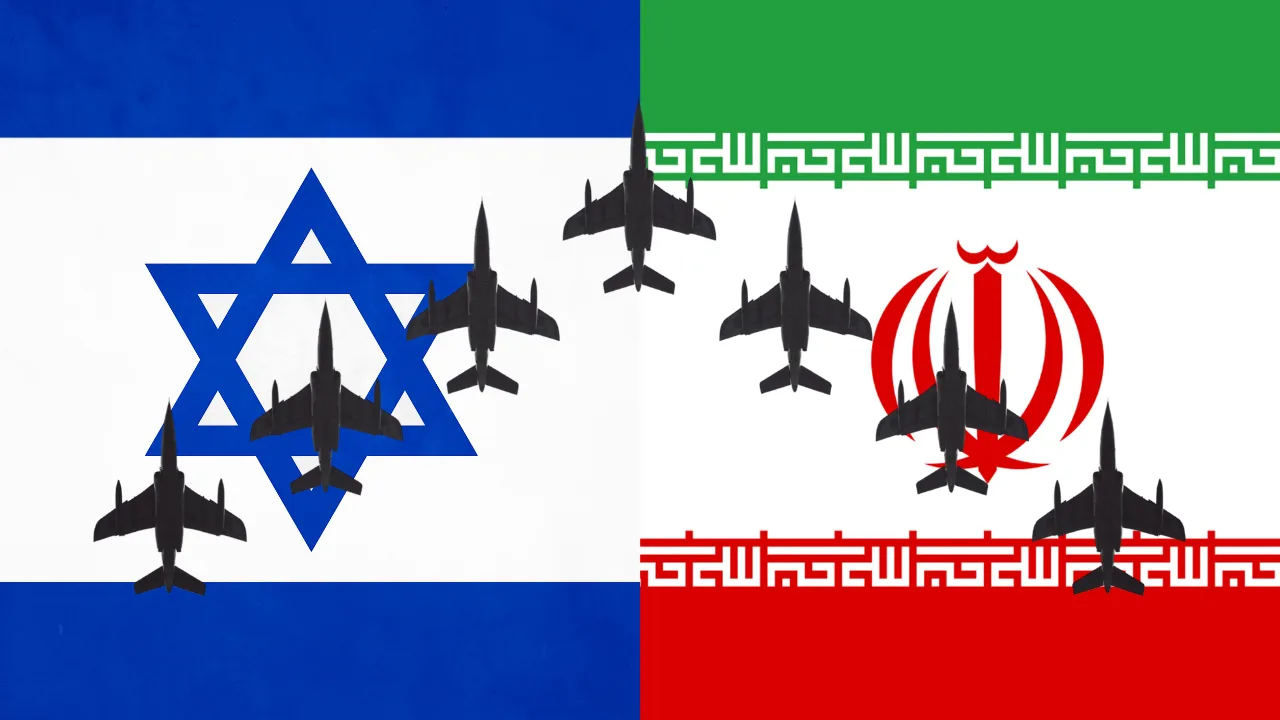Israel launched a sweeping air offensive against Iranian military and nuclear targets overnight. Dubbed “Operation Rising Lion,” the strikes targeted over 100 Iranian sites, including uranium enrichment facilities at Natanz, missile depots, and the homes of senior Islamic Revolutionary Guard Corps (IRGC) commanders.
The geopolitical shock sent tremors across financial markets worldwide. Crude oil prices surged, gold broke toward record highs, and defense-sector equities soared. Meanwhile, global stock indices turned sharply lower as traders braced for a potential regional war and its far-reaching economic implications.
A Calculated Strike: What Israel Hit
According to Israeli military officials, the objective was to degrade Iran’s nuclear weapons program and reduce the country’s ability to arm Hezbollah and other proxies in the region. Among the confirmed targets were:
- The Natanz nuclear complex.
- Ballistic missile storage depots in Esfahan Province.
- Residences of IRGC chief Hossein Salami and armed forces head Mohammad Bagheri.
Iran’s Supreme Leader Ayatollah Ali Khamenei declared the airstrikes an “act of war,” promising a forceful retaliation. Iran responded hours later with over 100 drones targeting Israeli military installations and cities, though most were intercepted by Israel’s Iron Dome and Arrow defense systems, according to the Israeli Defense Forces (IDF).
What Happens Next: Escalation or Containment?
The question now dominating headlines and trading desks alike is simple: Does this spiral into a broader war?
So far, the United States has publicly urged restraint. “We are closely monitoring the situation and stand ready to defend our interests and allies,” a U.S. State Department spokesperson said. President Trump, while not authorizing direct U.S. involvement, called on Iran to “de-escalate before it’s too late.”
If Iran escalates further—especially by targeting U.S. assets or threatening global shipping lanes such as the Strait of Hormuz—market fallout could deepen sharply. Energy analysts from JPMorgan warned, “If oil tankers are attacked or the Strait is disrupted, $100 oil becomes not just possible but likely.”
Market Fallout: Gold Shines, Oil Spikes, Stocks Dive
Crude Oil
The immediate market reaction was swift and severe. Brent crude surged over 9% intraday, briefly topping $78 per barrel before settling around $75. West Texas Intermediate (WTI) jumped to $74, the highest since late 2024.
“This is the largest one-day oil move since Russia invaded Ukraine,” said Stephen Innes of SPI Asset Management. “Markets are now pricing in a prolonged disruption scenario.”
Shares of energy majors such as ExxonMobil, Chevron, and TotalEnergies each climbed more than 4% in premarket trading. U.S. energy ETFs like the United States Oil Fund (USO) also rallied.
Gold and Safe Havens
Gold surged to $3,480/oz, nearing its all-time high. Silver also climbed 3.2%. Investors rushed into classic safe-haven plays, including:
- U.S. Treasuries (10-year yield dropped to 4.34%)
- Swiss Franc and U.S. Dollar (both appreciated on global FX markets)
- Gold miners like Newmont and Barrick, which saw 6–8% intraday spikes
“Gold is the ultimate fear hedge—and right now, fear is rising fast,” said Ole Hansen, head of commodity strategy at Saxo Bank.
Global Equities
Major equity indices declined across the board:
- S&P 500 futures: down ~1.4%
- Euro Stoxx 50: down ~1.3%
- Hang Seng: off ~1.5%
- Nikkei 225: dipped 0.8%
Tech stocks and travel names led the sell-off, while defense stocks were the rare bright spot. Lockheed Martin rose 5% and Northrop Grumman added 4% amid expectations of rising military contracts.
Strategic Implications: Why Investors Can’t Ignore This
1. Inflation Risk Returns
The inflationary shock from higher oil could reverse some of the disinflation trends seen in Q2. That may tie the Federal Reserve’s hands as it considers future rate cuts.
“A prolonged oil shock could push headline CPI back above 4% by fall,” said Citigroup’s chief U.S. economist Veronica Clark.
2. Repricing of Global Risk
Investors are now re-evaluating risk premiums across sectors. Emerging markets tied to oil imports (India, Turkey) are vulnerable, while oil exporters (Saudi Arabia, Brazil) could benefit.
3. Cyber, Proxies, and Shipping Risk
Iran’s response may not be conventional. Analysts expect cyberattacks, attacks via Hezbollah, and potentially strikes on Western-linked oil assets in Iraq, Syria, or the Gulf.
“This won’t be tit-for-tat—it’ll be death by 1,000 cuts,” warned a Stratfor geopolitical risk report issued this morning.
Investment Takeaways
For investors navigating this sudden escalation, here are several strategies:
Energy Exposure
Stay long on select oil and gas stocks. Favor low-cost producers like Chevron, Devon Energy, and Occidental Petroleum. Also consider oil-focused ETFs like:
- XLE (Energy Select Sector SPDR)
- VDE (Vanguard Energy ETF)
Safe-Haven Assets
Gold and gold miners look attractive short-term. Consider GLD, IAU, and GDX. Treasury ETFs like TLT and SHY offer defensive yield protection.
Defense Stocks
Rising geopolitical tensions are likely to sustain defense sector momentum. Lockheed Martin (LMT), Raytheon Technologies (RTX), and General Dynamics (GD) could outperform.
Equity Hedging
Investors may want to increase cash positions, hedge with inverse ETFs (like SH or SQQQ), or utilize options to buffer volatility.
The Broader Picture
History shows markets often recover after geopolitical shocks, but that depends heavily on whether the conflict remains localized or spirals. If this confrontation spreads to involve U.S. forces or disrupts oil trade long-term, expect renewed inflation fears, higher interest rates, and further risk-off positioning.





